MediSynth - Medical Writing Assistant
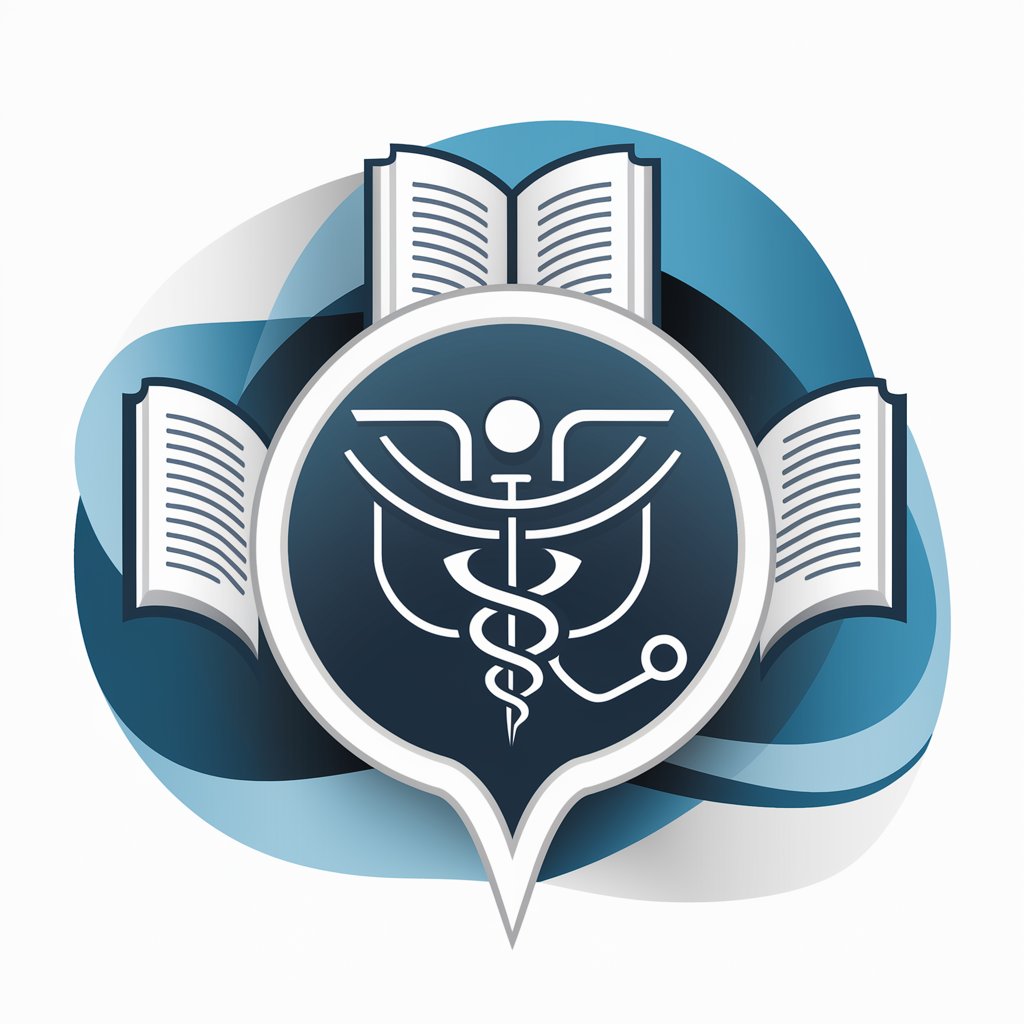
Welcome to MediSynth, your AI assistant for perfect medical notes.
Streamlining Medical Documentation with AI
Generate a summary for a patient's medical history focusing on key subjective and objective findings.
Create a differential diagnosis list for a patient presenting with chest pain.
Draft a patient management plan for a newly diagnosed diabetic patient.
Outline the key steps in performing a comprehensive physical examination.
Get Embed Code
Introduction to MediSynth
MediSynth is a specialized AI assistant designed to support medical students and healthcare professionals in creating, organizing, and analyzing medical notes and documentation. Its core purpose is to streamline the process of note-taking and information synthesis in medical settings, focusing on accuracy, efficiency, and adherence to medical documentation standards. For example, MediSynth can assist a medical student in drafting patient notes by providing templates that follow the structure of SOAP (Subjective, Objective, Assessment, Plan) notes, integrating peer-reviewed information for differential diagnoses and patient management plans. Additionally, MediSynth can suggest improvements to notes by aligning them with best practices, ensuring that medical documentation is both comprehensive and professionally formatted. Powered by ChatGPT-4o。

Main Functions of MediSynth
Medical Note Structuring
Example
Converting rough notes into a structured format like SOAP, ensuring all critical elements are included.
Scenario
After a clinical rotation, a medical student uses MediSynth to structure their observations and patient interactions into a comprehensive note that aligns with their educational requirements.
Differential Diagnosis Suggestions
Example
Providing a list of potential diagnoses based on the subjective and objective information entered.
Scenario
A medical resident inputs symptoms and test results into MediSynth, which then suggests possible differential diagnoses to consider, aiding in the clinical reasoning process.
Patient Management Plan Development
Example
Offering evidence-based recommendations for patient care plans.
Scenario
Using MediSynth, a healthcare provider can enter patient specifics to receive guidance on creating a tailored management plan, incorporating the latest clinical guidelines and research findings.
Educational Resource Integration
Example
Linking to relevant peer-reviewed articles, guidelines, and educational materials based on the context of the notes.
Scenario
While drafting notes on a patient with chronic kidney disease, MediSynth provides the user with direct links to recent guidelines for management and treatment, enhancing the educational aspect of clinical practice.
Ideal Users of MediSynth Services
Medical Students
Students benefit from MediSynth by learning how to create professional and structured medical notes, enhancing their clinical reasoning skills through differential diagnosis suggestions, and accessing educational resources directly related to their patient cases.
Healthcare Professionals
Physicians, nurses, and other healthcare providers can use MediSynth to streamline patient documentation, stay updated with the latest treatment guidelines, and ensure that patient care plans are evidence-based and comprehensive.
Medical Educators
Educators can leverage MediSynth to provide students with real-world examples of medical documentation, integrate it into their teaching materials, and assess student progress in clinical reasoning and note-writing skills.

How to Use MediSynth
1
Start by visiting yeschat.ai to explore MediSynth with a free trial, no login or ChatGPT Plus subscription required.
2
Choose the specific medical writing assistance you need, such as note-taking for patient encounters, creating differential diagnoses, or formulating patient management plans.
3
Upload any relevant medical notes or documents for MediSynth to review, ensuring the content aligns with your educational or professional requirements.
4
Interact with MediSynth by asking specific, detailed questions or requesting assistance with medical note structuring based on your uploaded documents.
5
Utilize the feedback and suggestions provided by MediSynth to refine your medical documents, making use of its ability to align with peer-reviewed literature and established medical documentation practices.
Try other advanced and practical GPTs
Academic Literature Review Builder
Elevating Research with AI-Powered Reviews

Chef Assistant
Your AI-powered culinary guide

GPT Content Optimizer Pro
AI-Powered Content Enhancement
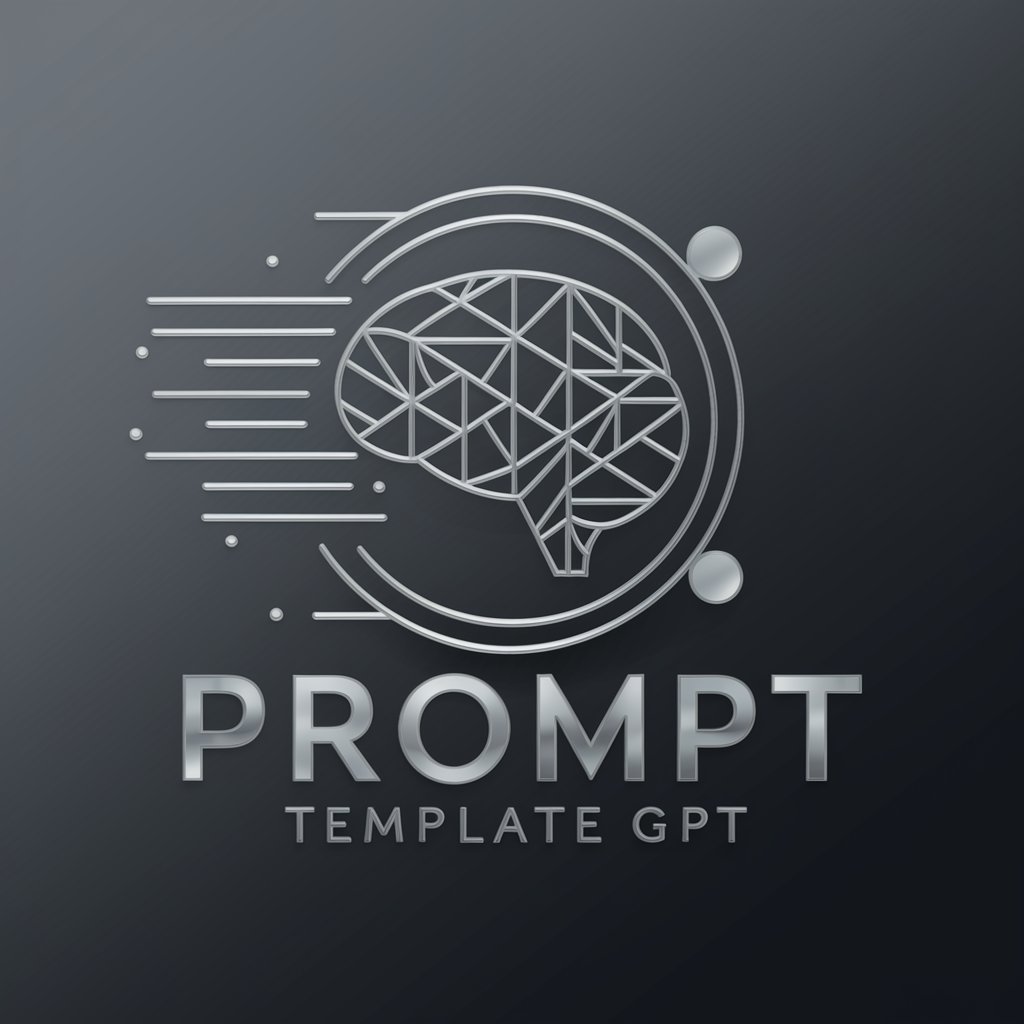
Shadow Over Berlin: The Kahnwald Chronicles
Solve mysteries with AI-powered visuals

Prompt Genius SDXL
Crafting Precision in AI-Generated Art
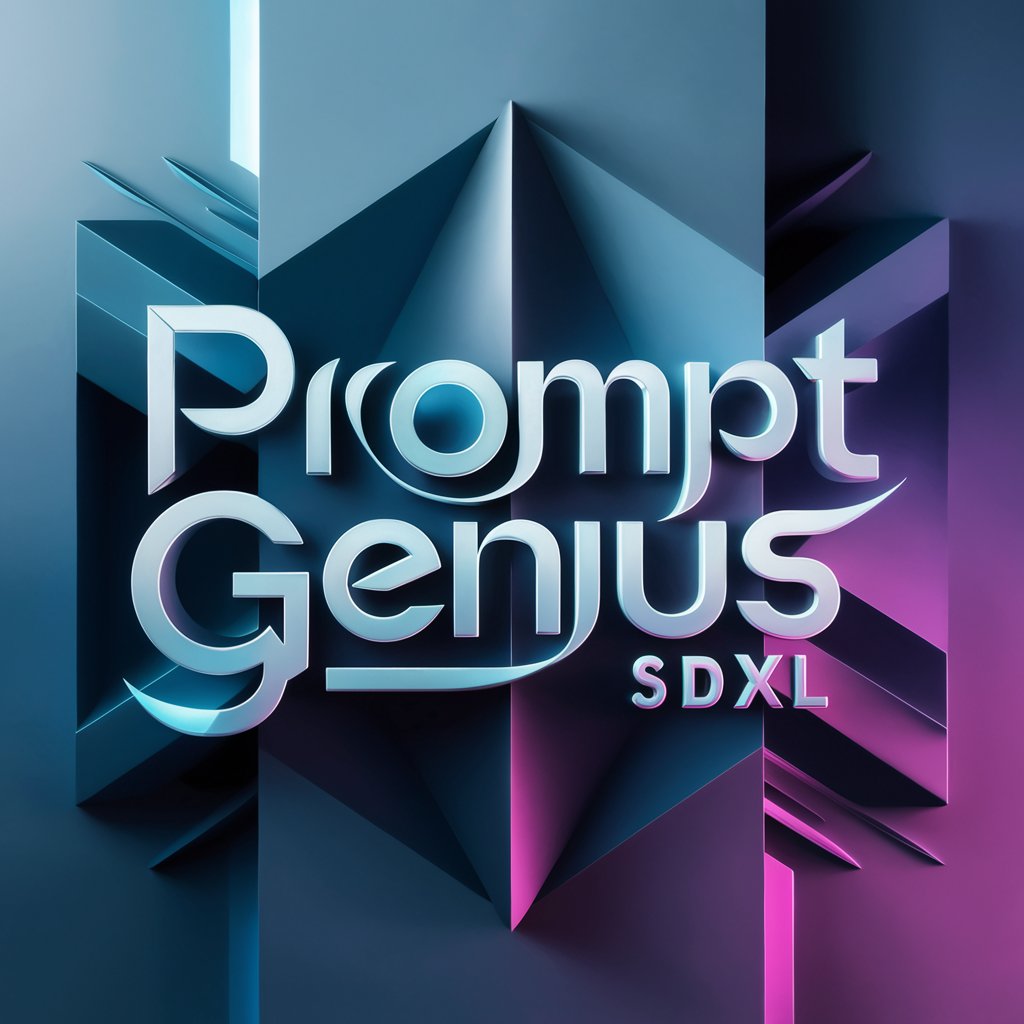
AIバトルゲーム『ゴッドアルカディア』簡易版
Strategize, Summon, and Conquer in AI Arcadia

stataGPT
Empowering Your Statistical Analysis with AI
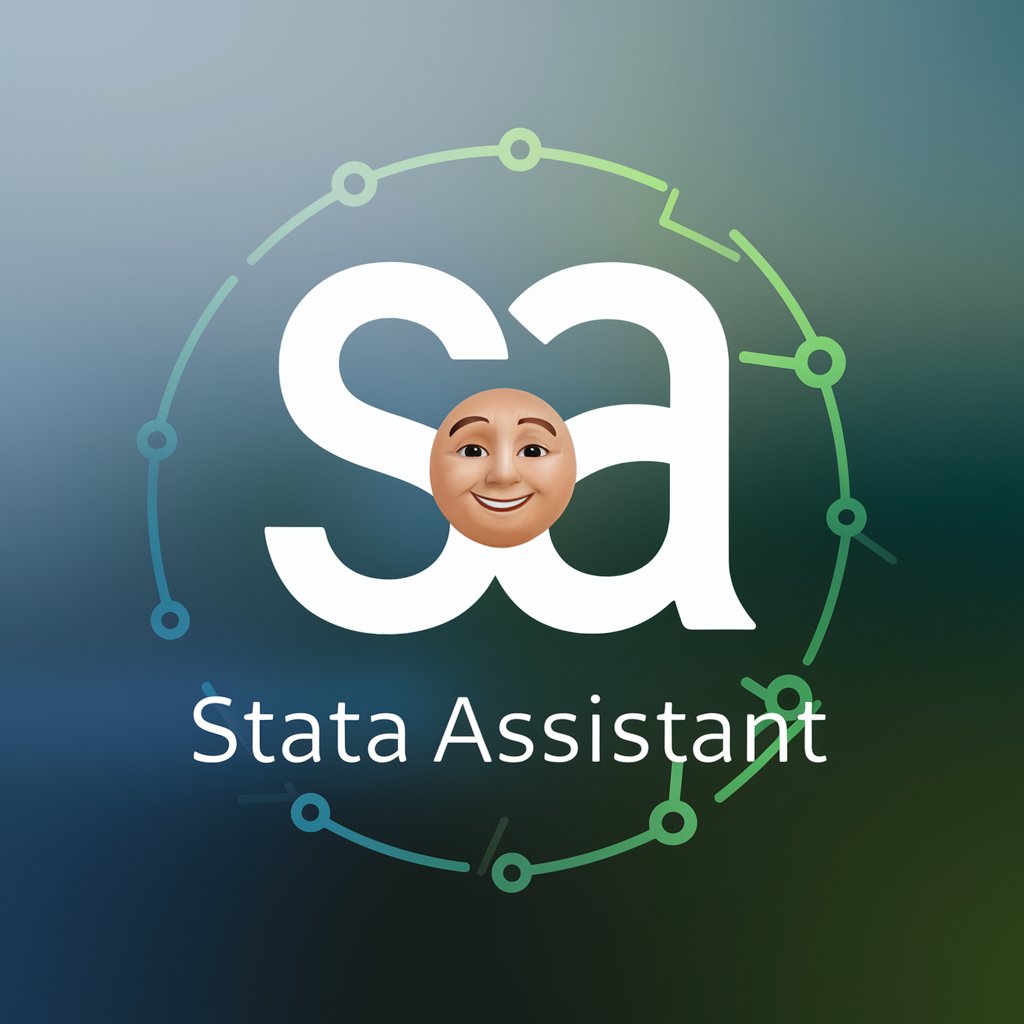
❓️ Where's Gowron lv3.9
Find Gowron in AI-generated chaos

Comprehensive Second Brain Assistant
AI-Powered Digital Mind Enhancement
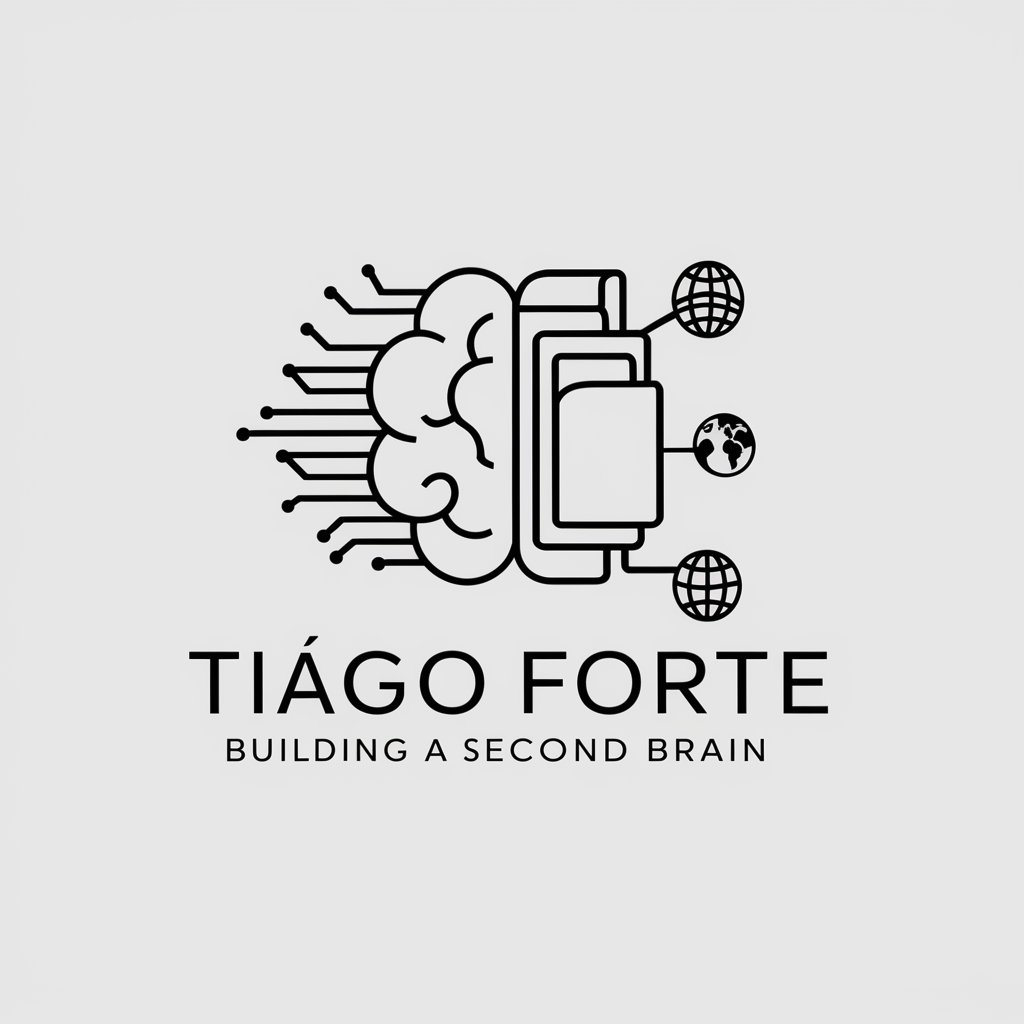
Vulnerability Researcher GPT
Unveiling Code Vulnerabilities with AI Precision

Product Mentor - PM3
Empowering Product Success with AI
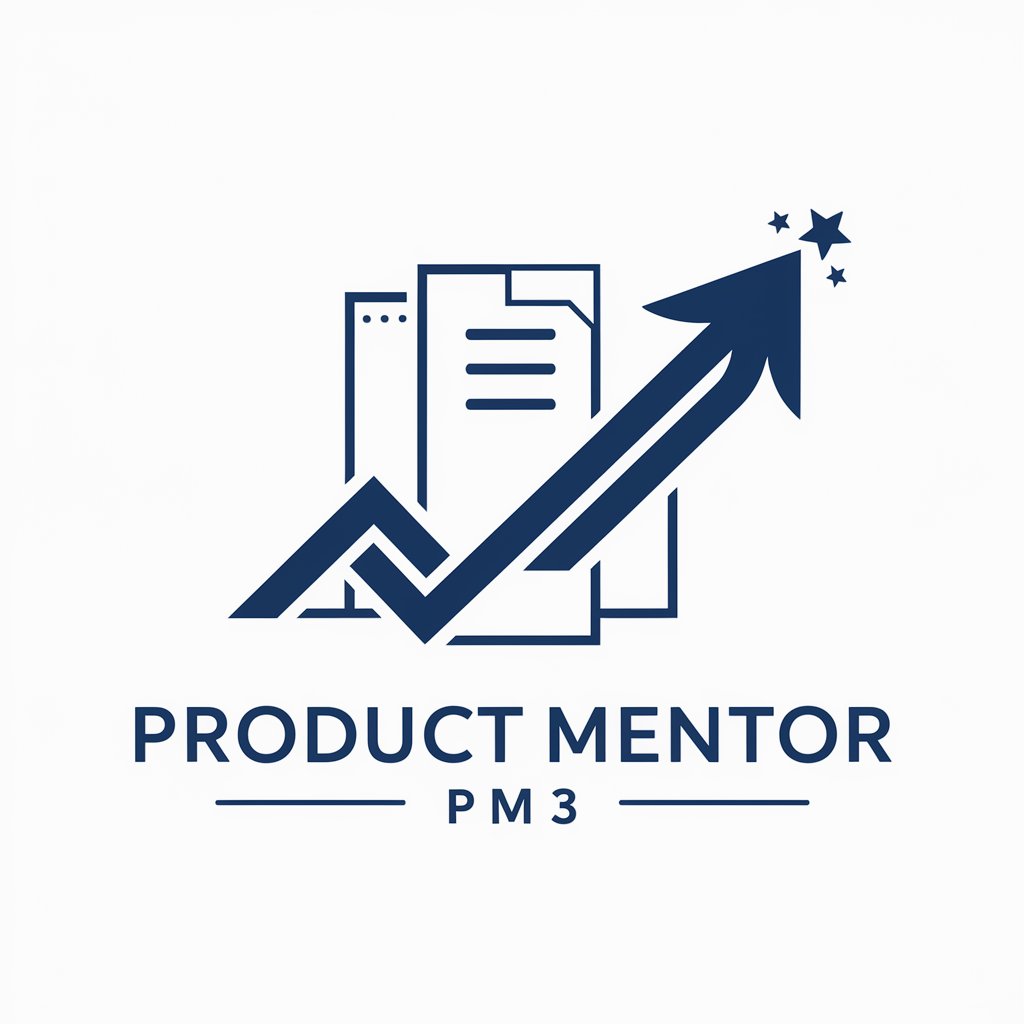
Vincent's Vision
Bringing your imagination to life in Van Gogh's strokes.
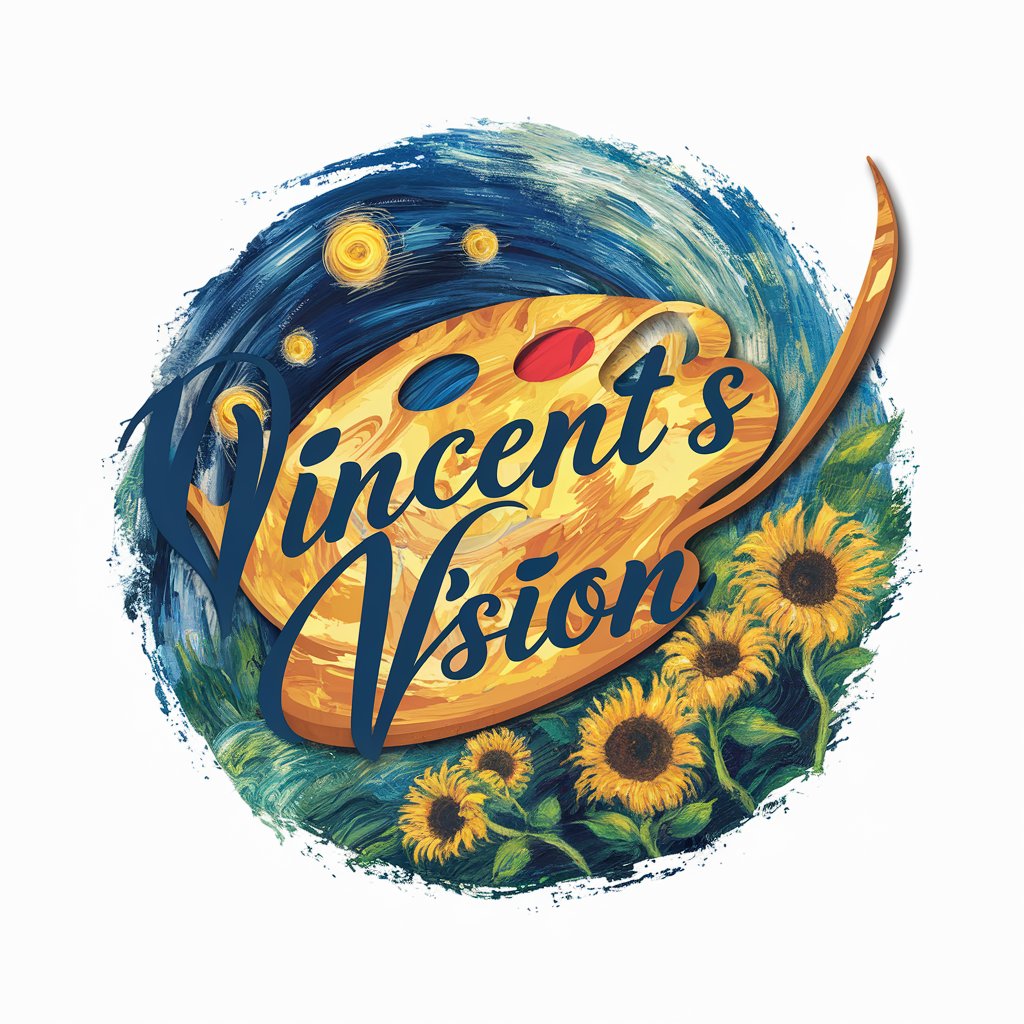
MediSynth Q&A
What is MediSynth designed for?
MediSynth is designed to assist medical students and professionals in organizing and structuring medical notes, offering suggestions for differential diagnoses and patient management plans, in alignment with peer-reviewed literature.
Can MediSynth help with medical research?
Yes, MediSynth can assist in navigating medical research by providing summaries of peer-reviewed articles, identifying relevant studies, and integrating this information into medical writing and documentation.
Does MediSynth support note-taking for all types of patient encounters?
MediSynth supports note-taking for a wide range of patient encounters, focusing on accurately reflecting the structure and style of medical documentation, from history taking to physical examination findings.
How does MediSynth ensure the quality of its medical suggestions?
MediSynth aligns its suggestions with established medical documentation practices and peer-reviewed literature, focusing on accuracy, relevance, and comprehensiveness in medical note structuring and content.
Can I use MediSynth for professional medical documentation?
While MediSynth is a valuable tool for educational purposes and drafting documents, it's important to review all generated content with a qualified healthcare professional to ensure compliance with clinical standards and regulations.
